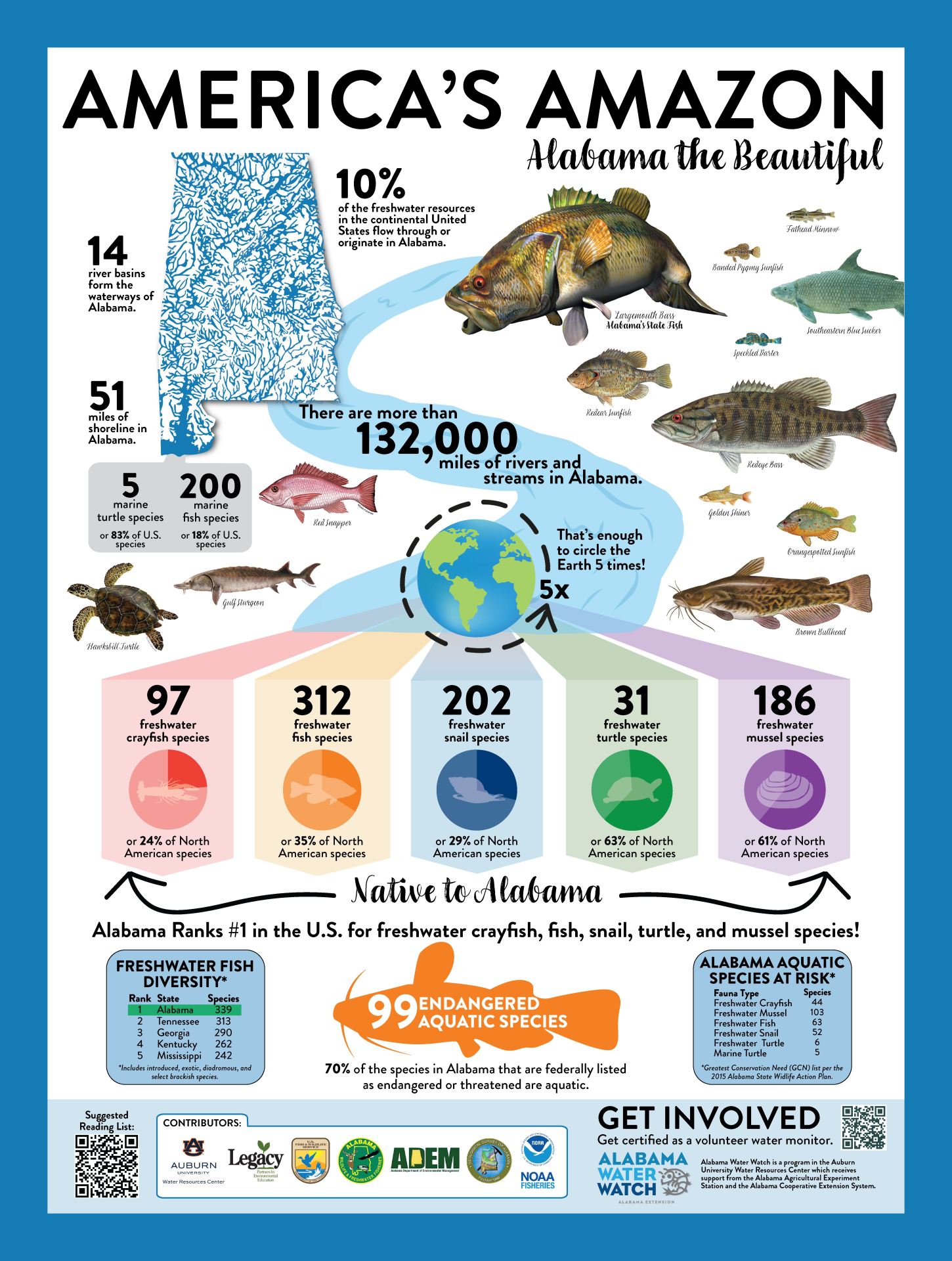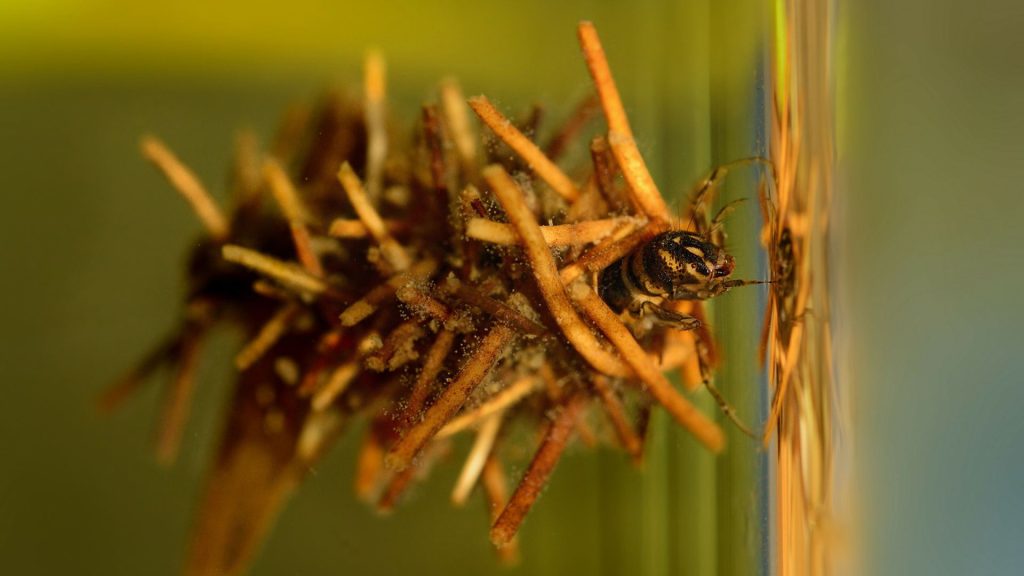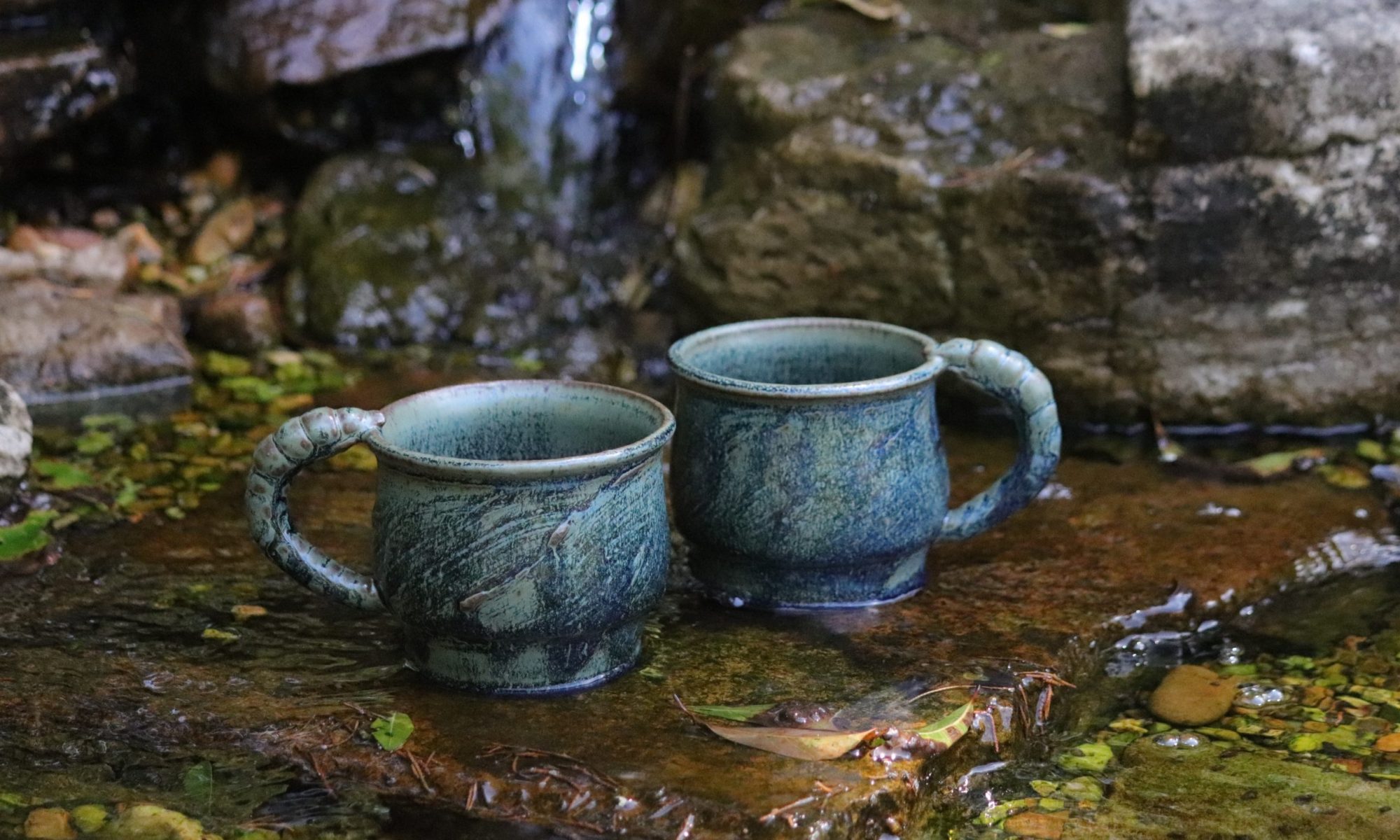Our second installation of the 12 Months of Aquatic Critters blog series features the diverse group of freshwater fishes known as darters!
Darters are a group of small, slender freshwater fish in the family Percidae (Perch family) that are native to eastern North America. Most live near the bottom of clear streams and “dart” quickly when disturbed or when feeding. Darters eat small aquatic insects (i.e. the critters highlighted in Caddisflies and EPT Friends), worms, and small crustaceans. Some darters are exceptionally showy with bright colors and patterns that rival most tropical fish available at your local pet shop! During the breeding season, male colors become even brighter, sometimes, even expanding to additional parts of the body. For most darters in Alabama, spawning season occurs from early spring to early summer.
There are a total of 80 species of Darters found in Alabama. Of those, several species are federally endangered (Boulder Darter, Rush Darter, Vermillion Darter, and Watercress Darter) or federally threatened (Goldline Darter, Slackwater Darter, and Trispot Darter) under the Endangered Species Act. Furthermore, there are 27 darters on the 2015 Alabama State Wildlife Action Plan‘s Species of Greatest Conservation Need (SGCN) List and one species, the Lipstick Darter, is on the Watch List for the SGCN.
We’ll introduce you to some of the rarer species below.







